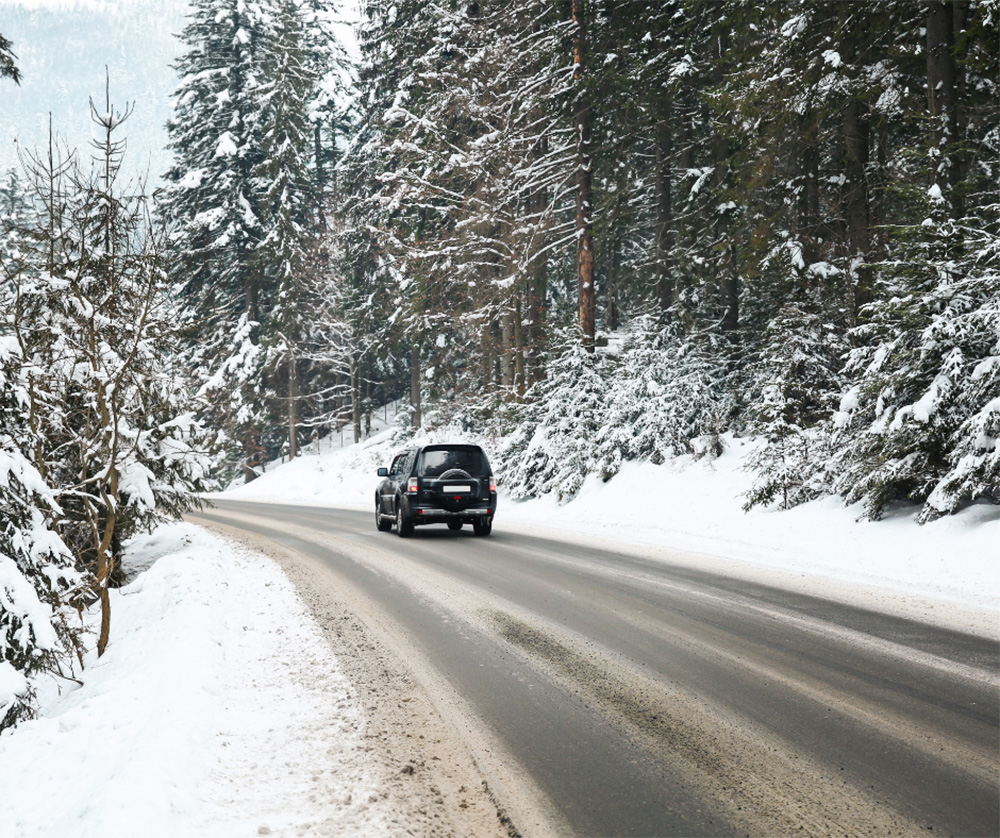The best way to save money on car insurance is to drive safely. Sounds obvious, but we actually have a ton of tips to help you be prepared and winter-smart so you CAN drive more safely. Read on for how to prepare, what to carry, and some driving tips including heading to the mountains!
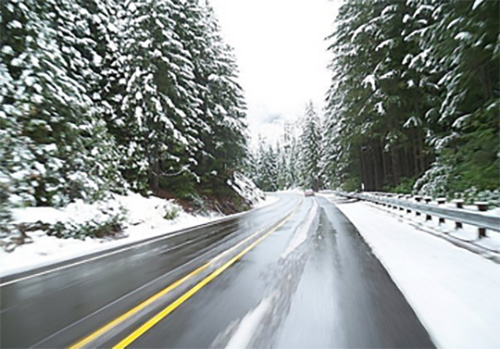
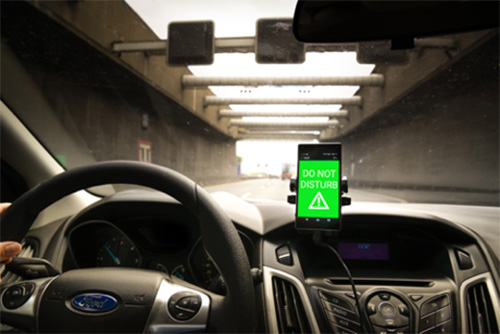
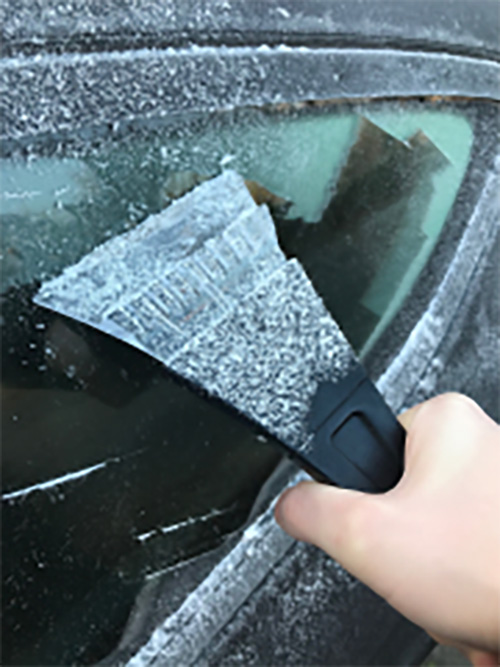
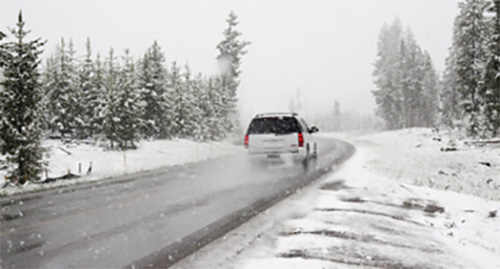
Questions about auto insurance? Contact a Sea Mountain Personal Insurance Specialist today!
